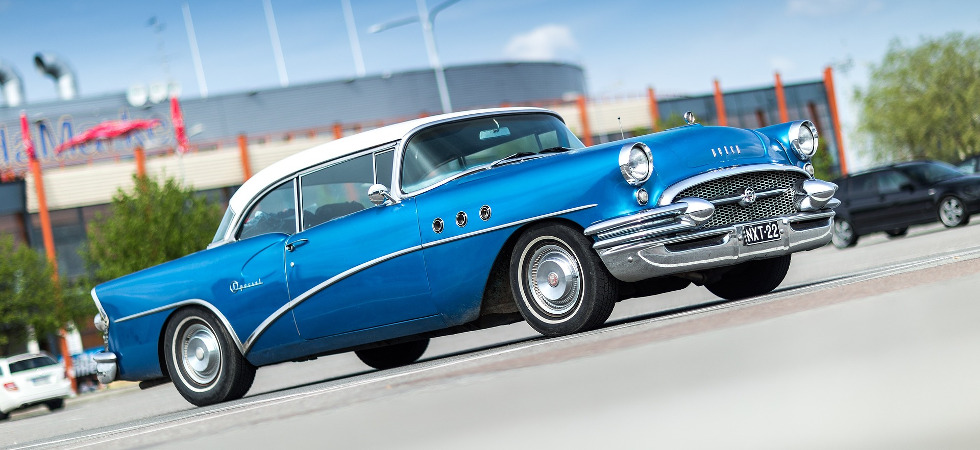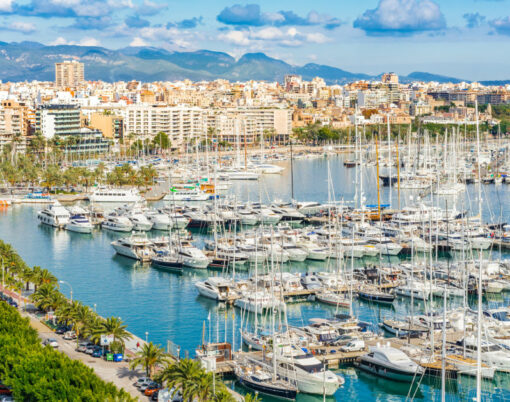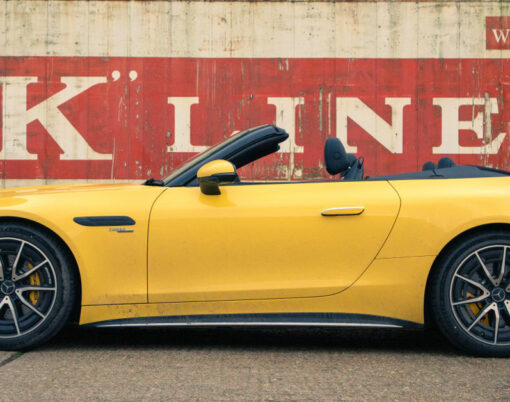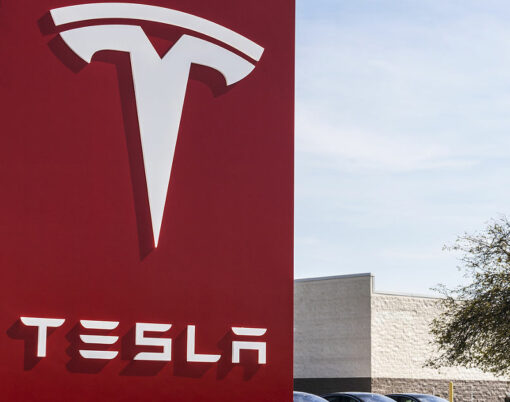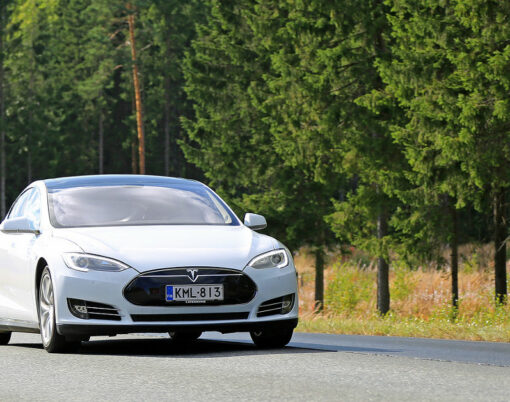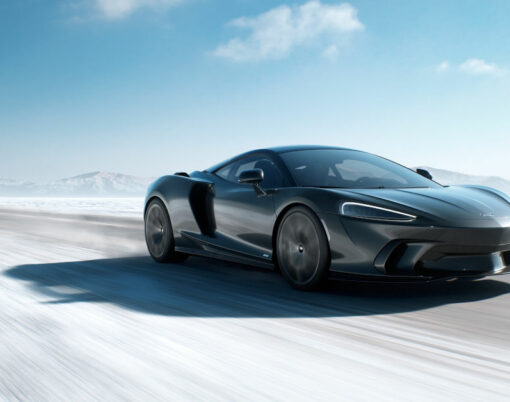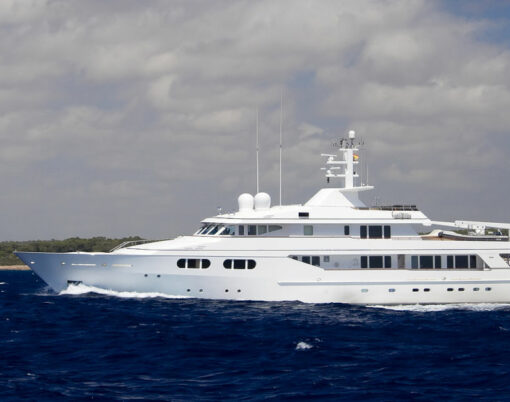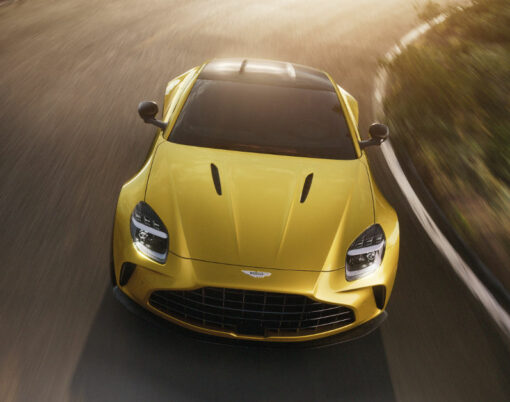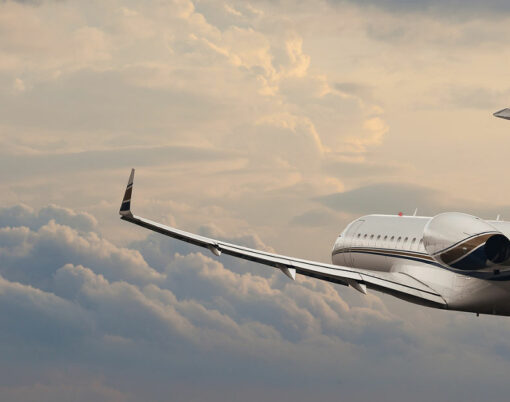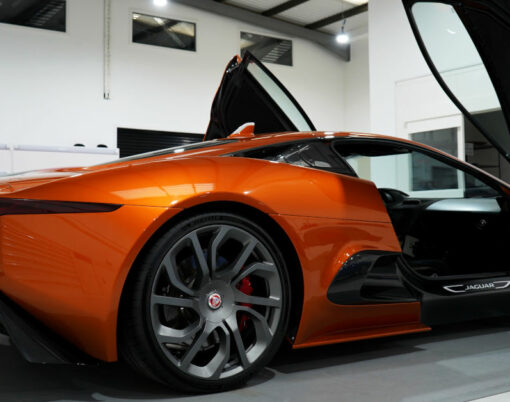After a decade of extraordinary growth, Michael Atkinson explores the recent downturn in classic car values.
The Coutts Passion Index tracks the changing values of ‘passion’ assets – assets that reflect the diverse interests of high net worth individuals, such as fine wine, art, watches and jewellery, luxury property and classic cars. The bank of the Royal Family established the index in 2005 and has been tracking it now for over a decade, demonstrating that these alternative investment classes have generated at 76.6% increase since 2005.
Classic cars have been one of the stand-out performers, claiming the top spot for the best performing passion asset over the last 12 years, up more than 330% during that period, far exceeding the growth of any other asset, with coins posting the next most impressive gains, up 224.6% since 2005.
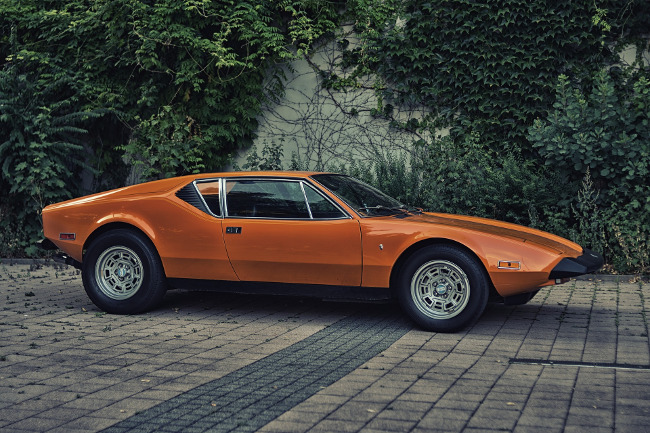
Whilst the performance of classic cars has been exceptional since 2005, after rapid growth in 2013 and 2014, the two most recent years of the index show a decline in value, falling by -10.4% in the last reported annual index. The Coutts Passion Index findings are supported by the Knight Frank Luxury Investment Index (KFLII) which similarly tracks the price growth of 10 luxury investment sectors. Looking back at the last 10 years and the last 5 years, classic cars have outperformed all other asset classes, but as per the Coutts index, the KFLII has seen classic car growth slow in the last year (to Q2 2017), being overtaken by jewellery, coins, watches, art and wine. Despite this, the KFLII does show small price growth for classic cars of 2% in contrast to the Coutts index decline. Hagerty, which specialises in insuring vintage automobiles has also reported a decline in classic car values. Whichever index you consider (and there are others), there is no doubt that classic cars have seen a flat-lining in growth.
Three classic car auction houses dominate the majority of the value in classic car trade each year – Bonhams, with sales at the likes of The Quail and at the Goodwood Festival of Speed, Goodings & Company with its Pebble Beach auction and the RM Sotheby’s Auctions in the locations such as Monterey and London.
All three of these auction houses, along with Hollywood Wheels and Mostostalgia, sell in the ‘Amelia Island Auctions’. The 2017 Amelia Island Auctions highlighted some of the tempering of classic car prices rises. Despite the usual high profile promotion of the auctions, a number of the most publicised lots didn’t sell, including a 1957 Jaguar XKSS Roadster, expected to take $16 million, a 1950 Ferrari 166MM Barchetta Spider, expected to take $8 million and a 1928 Bentley 4 ½ litre Le Mans Roadster, expected to take $6.5 million. Several lots failed to get close to their estimates. A stunning 1934 Rolls Royce Phantom II Continental Drophead Sedanca Coupe only just achieved a third of its top estimate. At the Bonhams Goodwood sale in 2017, the day’s top lot didn’t push past the million pound mark, something that had become commonplace in previous years. A 1962 Mercedes-Benz 300 SL Roadster sold for £897,500 ($1,2m), several hundred thousand lower than another of the same model a year previously. Only around 70% of the cars sold at Goodwood compared to around 90% selling in better years.
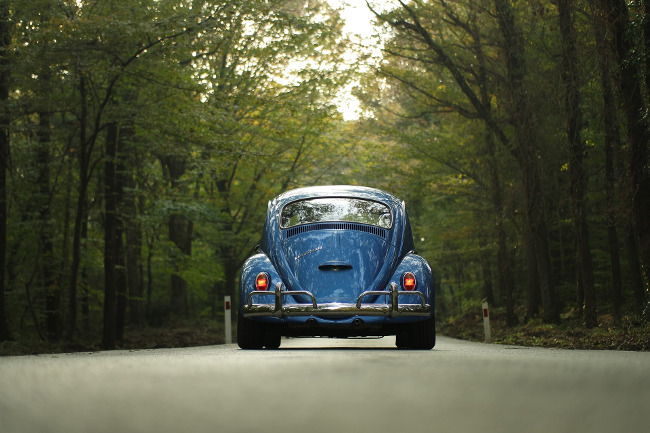
There is no one simple explanation for the classic car slowdown, with a combination of factors likely contributing to the change in direction of growth. The tailoring off in classic car price rises can, in part, be attributed to its phenomenal success over the last decade, with prices only able to rise so far. Nervousness over potential interest rate rises in the UK and the USA has also been referenced as influencing speculators reliant on loans. Some suggest that the staggering growth has also fuelled seller greed and buyers are reigning the growth in by rejecting top prices for anything other than the most exceptional examples and absolute rarity. Investors may also be beginning to withdraw slowly from the sector, capturing the growth and returning the market back to the genuine enthusiasts. In addition, some commentators mention the increasing shortage of skilled mechanics, with the intricate operating knowledge of old cars dying out with the new age of mechanics who are most used to reliance on computer diagnostics.
Despite all of this uncertainty, there were still exceptional high values achieved and some notable highlights over the last couple of years.
A new world record auction price was set in August 2017 for a British automobile, when a 1950s Aston Martin DBR1 sold at auction for $22.55m.
This came a year after a world record for a Ferrari 250GT, with a 1961 SWB California Spider, fetching $18.15m at a Paris auction, one of 59 vehicles sold from the collection of Roger Baillon, described as ‘the inspired industrialist from the west of France who saved a great number of cars being scrapped between 1950 and 1970.’ This Ferrari had been found in a French barn, lost for nearly 40 years and eventually discovered by Baillon’s grandchildren, alongside the other 58 vehicles, which included rare Bugattis, Porsches and Maseratis.
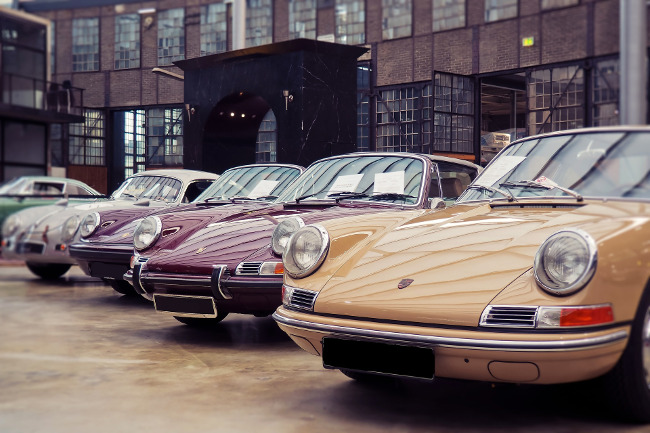
With the intention of collecting and restoring rare cars for a public museum, Baillon began acquiring vehicles in the 1950s, amassing a collection numbering in excess of 100 cars. Eventually experiencing business difficulties, Baillon had to sell half of his collection and stopped restoration work on the remaining cars, some of which were in very poor condition, leaving them in a barn in one of his farm properties. Following the death of their father, Baillon’s grandsons, unaware that the collection still existed, discovered the vehicles. Putting them up for auction, the entire collection delivered value in the tens of millions – a 1956 Maserati A6G 2000 Gran Sport Berlinetta by Frua securing another $2.2 million and a 1949 Talbot-Lago T26 Grand Sport SWB by Saoutchik, despite being in terrible condition, and estimated to fetch between $400 – $700k, sold for $1.9 million.
The price achieved for Baillon’s star Ferrari jettisoned it into the top 10 most expensive classic cars of all time, squeezing in at tenth place. Ferraris dominate the most expensive classic cars, claiming six out of the top ten spots and thirteen out of the top twenty of most expensive classic cars sold at auction.
With Baillon’s Ferrari in at tenth place, in order (based on dollar pricing), the other nine top most expensive classic cars of all time sold at auction are as follows:
1962 Ferrari 250 GTO Berlinetta: $38.1m
Only 39 250GTOs were ever built by Ferrari. This one was in very good condition and had been extensively raced, having been made to contest the 1963 FIA World GT Championships.
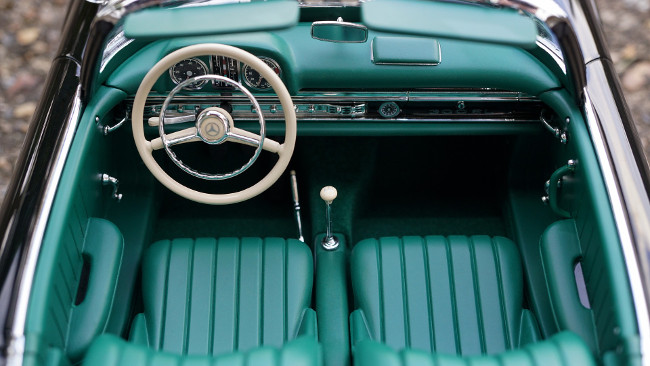
1957 Ferrari 335 Sport Scaglietti: $35.7m
Another Ferrari with a long racing history, this is one of only four produced. Its racing history includes the 1957 Sebring 12 Hours, the Mille Miglia and the Le Mans 24 Hours.
1954 Mercedes Benz W196: $29.6m
This Mercedes was raced by five-time World Champion Juan Manuel Fangio, which led to part of its hype at auction.
1956 Ferrari 290MM: $28.1m
This became the most expensive car sold in 2015, is one of only four in existence and was built for Juan Manuel Fangio to race in the 1956 Mille Miglia.
1967 Ferrari 275 GTB/4*S NART Spider: $27.5m
This fully restored model was driven by Steve McQueen in The Thomas Crown Affair and is one of only ten Ferrari 275s that were open-top.
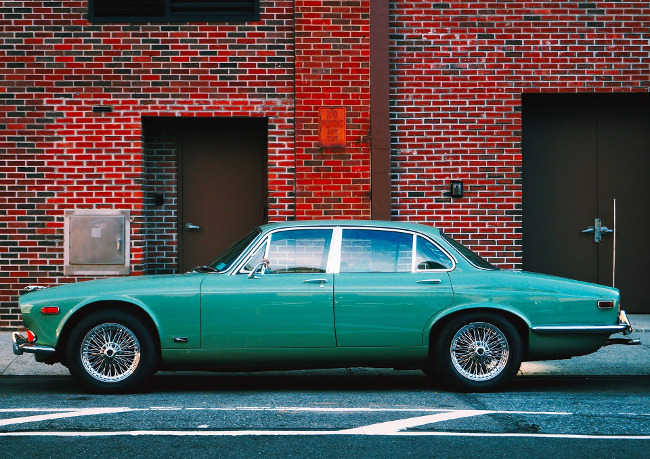
1964 Ferrari 275 GTB/C Speciale by Scaglietti: $26.4m
Ferrari built only three of these vehicles, each with a lightweight aluminium bodywork and a 316bhp 3.2 litre V12 engine, mounted lower in the car to push the centre of gravity closer to the race track. This car was designed to act as a challenger at the Le Mans in 1965, although this specific version didn’t participate.
1956 Aston Martin DBR1/1: $22.6m
A British entrant to the top ten, the DBR1 was a sports racing car, built first by Aston Martin in 1956 and becoming famous as the victor of the 1959 Le Mans 24 Hour, becoming one of only three cars in the 1950s to win both the World Sports Car Championship and the Le Mans 24 Hours in the same year. The DBR1/1, the first of only five DVR1s, was driven by Sir Stirling Moss.
1955 Jaguar D-Type: $21.8m
One of the few non-Ferraris to make it into the top ten, this Jaguar took its position after securing $21.8m at its auction in Monterey in 2016. It won the 1956 Le Mans 24 Hours.
1939 Alfa Romeo 8C 2900B Lungo Spider by Touring: $19.8m
This car is one of only twelve that were ever built and achieved its price tag, like the Jaguar, in Monterey in 2016. This touring car has a 2.9 litre straight-eight engine with dual supercharging.
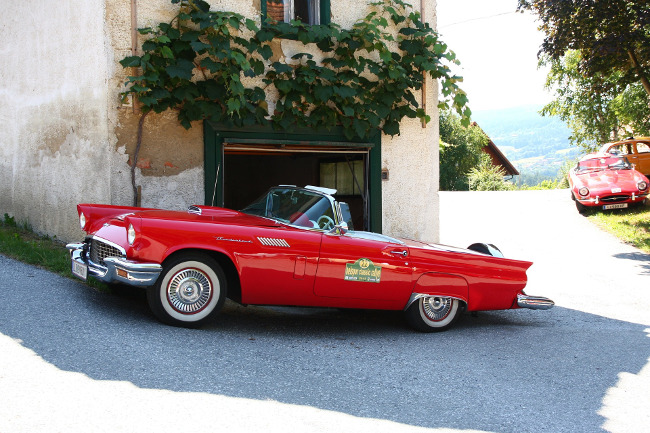
At these prices, these cars remain the preserve of the super-rich and the seriously experienced investor. With the market showing some signs of softening, investments into classic cars may experience a bumpy ride in the next few years.
However, it’s also not unrealistic to expect some continued record prices to be secured for the most highly prized models but perhaps with a widening gap between these most scarce of classic cars and the slightly less sought-after models.
It’s certainly not all doom and gloom. In the most recent 2018 Amelia Island sales, a number of cars still exceeded valuation estimates. Porsches appeared to fare particularly well, with a ninety percent sell through rate. Four Porsches made it into the top ten sales from all auctions – a 1993 Porsche 911 Turbo S Leichtbau Coupe sold for $1.76 million, a 1993 Porsche 911 Carrera RS 3.8 Coupe sold for $1.655 million, a 1990 Porsche 962C Race Car sold for $1.595 million and in at the number ten spot, a 2015 Porsche 918 Spyder Roadster sold for $1.54 million. Another 2015 car featured in the top ten, a 2015 McLaren P1 Coupe sold for $1.71 million. A 2003 Ferrari Enzo Coupe sold for $2.365 million. In fact, six of the top ten cars were built from the 1990s onwards, hinting at a future developing attraction for more modern cars.
The best advice remains to acquire cars in the highest quality condition and to acknowledge that it may require a long term investment horizon. The other advice is to buy something you love and will enjoy. Classic cars are described as a ‘passion asset’ after all.












